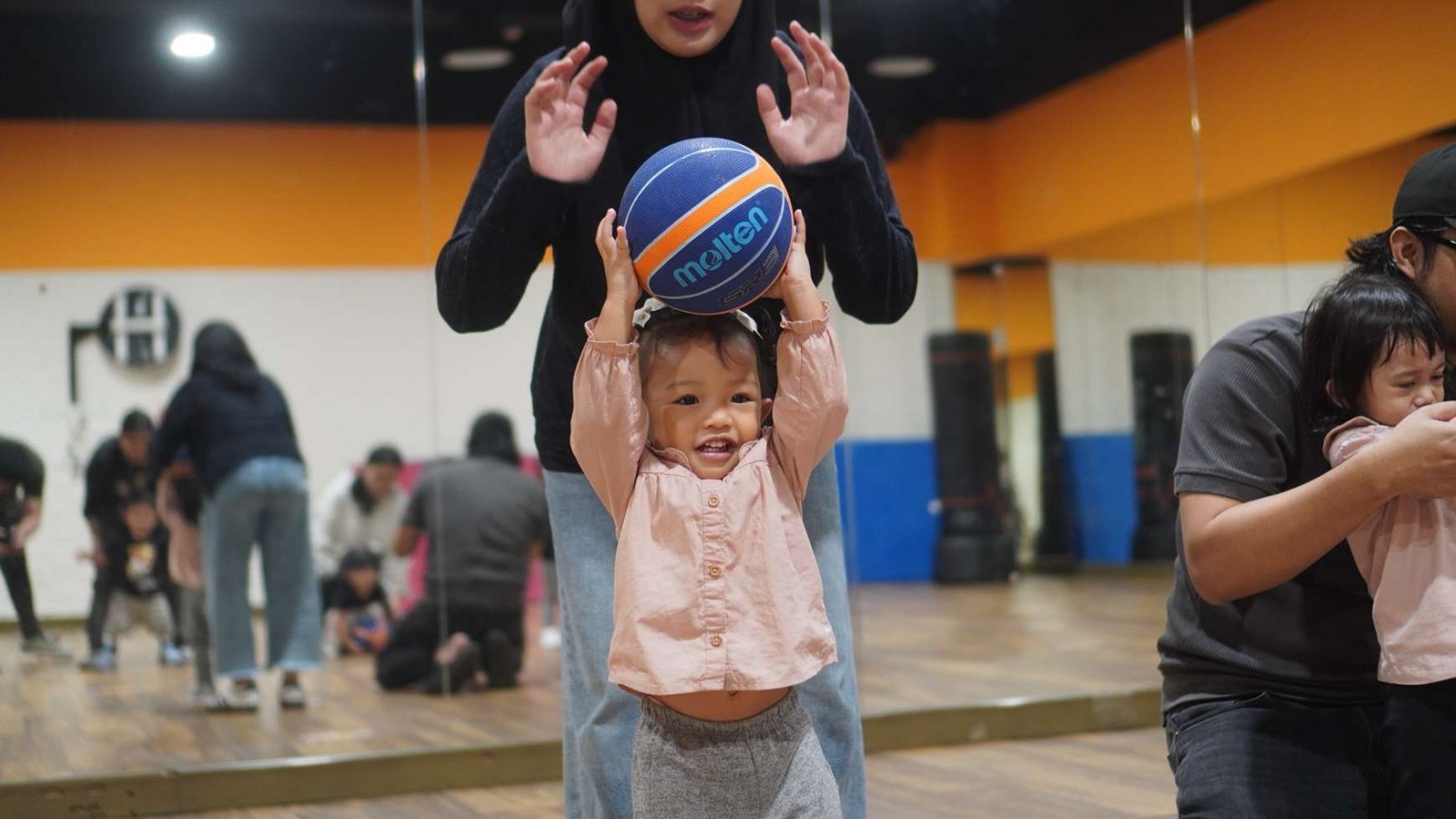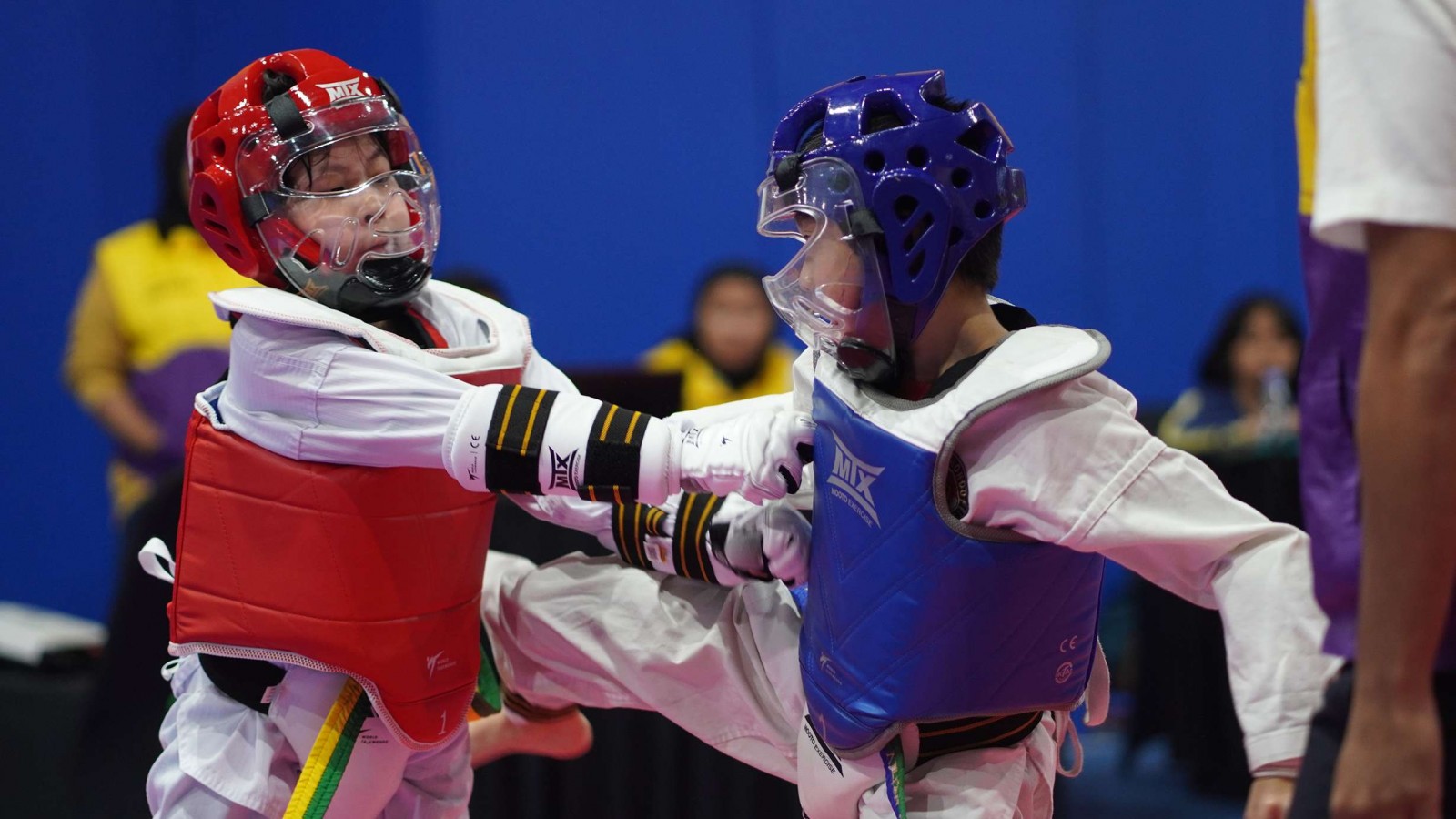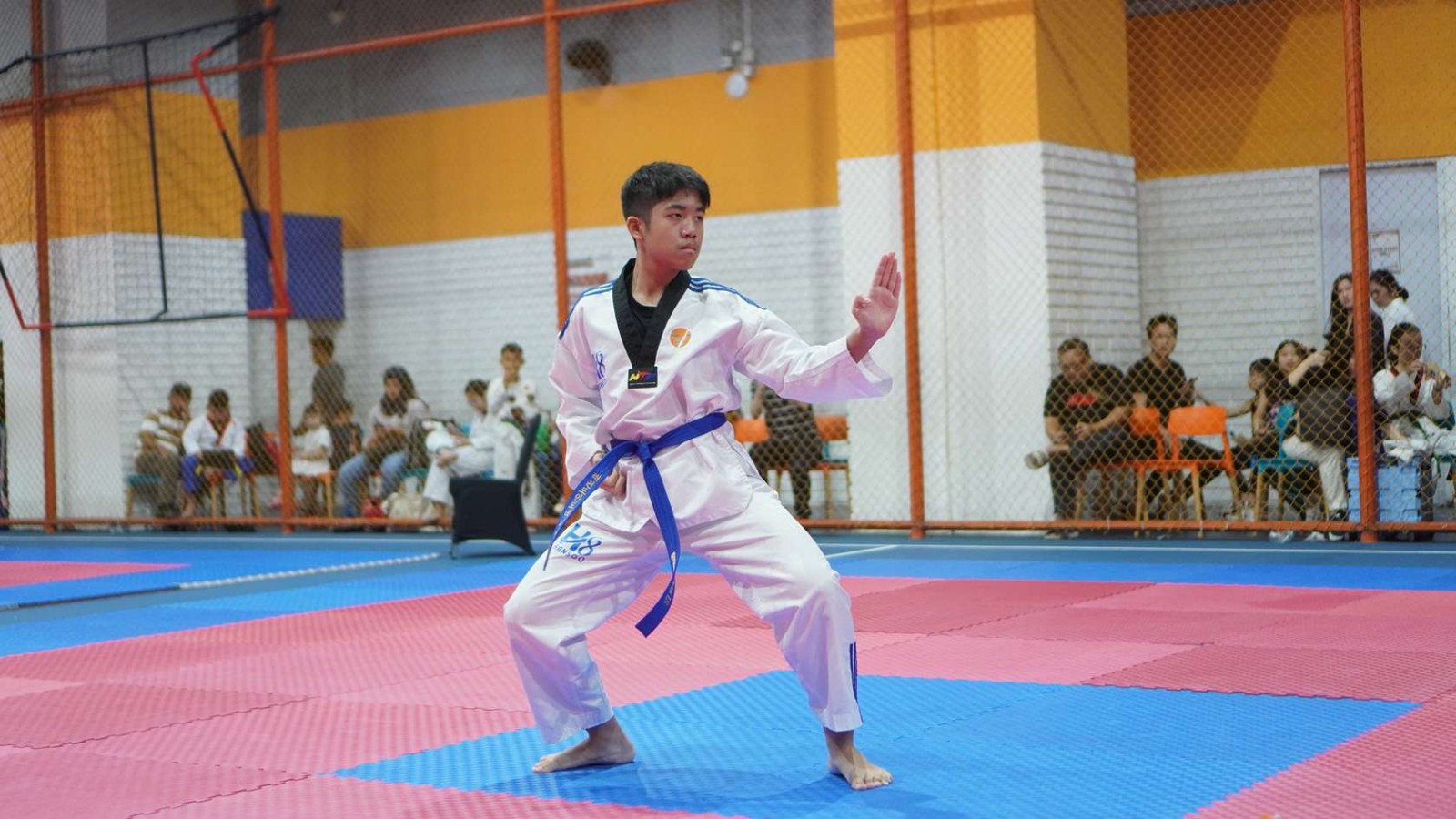Catching Games for Kids: Simple Activities to Boost Motor Skills

Parents can easily boost their children’s motor skills with simple activities. For example, playing catching games is a fun and effective way to enhance these skills. Catching games for kids help improve their reflexes, focus better, and gain confidence in their movement abilities—all while having a great time.
These games are perfect for children aged 2 to 5 years old. Before starting, it's helpful for parents to understand the basic movements involved and find the most suitable catching games for this age group. Discover more about how to get started in this article!
The Importance of Catching Skills
Catching skills are fundamental in various sports and activities that require coordination between the eyes, hands, and body. When a child learns to catch, they are not only developing physical skills but also cognitive abilities like tracking objects, estimating speed and distance, and reacting in a timely manner.
Catching involves a combination of gross motor skills (large muscle movements) and fine motor skills (precise hand movements). It requires a child to focus on an incoming object, anticipate its path, and react by moving their hands or body to catch it.
This process of observing, interpreting, and responding is crucial for developing coordination and agility.
Beyond sports, catching skills are essential for everyday tasks, such as picking up objects, handling tools, and interacting with the environment. Developing these skills early in life can improve a child's overall physical literacy, setting them up for success in various physical activities as they grow.
Basic Movements of Catching
Catching may seem simple, but it involves a series of coordinated movements that require practice and repetition. For young children, breaking down the basic movements of catching can help them master the skill in a more structured way. Here are the key movements involved in catching:
1. Eyes on the Ball
The first step in catching is to visually track the object. Children must focus their eyes on the ball or object coming toward them and predict its path. This requires concentration and the ability to adjust their gaze as the object moves.
2. Positioning the Hands
Once the object is tracked, the next step is to position the hands correctly. For beginners, it's important to teach them to hold their hands out in front of them, palms open, and fingers spread apart. The position of the hands will depend on the height and angle of the incoming object.
3. Moving the Body
Catching often requires moving the body to align with the object. This could mean stepping forward, shifting to the side, or even jumping to reach the ball. These movements improve balance and coordination, helping children react quickly and effectively.
4. Gripping the Object
As the object reaches the hands, the child must close their fingers around it to secure the catch. This action involves fine motor skills and timing, as the grip needs to be firm enough to hold the object but not too tight.
5. Bringing the Object In
After catching the object, the child should bring it close to their body to secure it. This final movement helps them control the object and prevents it from slipping out of their hands.
3 Catching Activities for 2-5 Years Old Kids
Introducing catching activities to young children should be fun, engaging, and developmentally appropriate.
At this age, kids are still developing their coordination and muscle control, so it’s essential to start with simple, low-pressure games that encourage them to explore their abilities. Here are some catching activities designed for children aged 2 to 5 years:
A. Balloon Catch
Balloons move slowly and float in the air, making them ideal for teaching young children to catch. Have your child practice catching a balloon as you gently toss it to them. This activity helps develop hand-eye coordination and gives them more time to react, making it easier to catch.
B. Bubble Catching
Blowing bubbles and having your child catch them with their hands is a fun and magical way to develop fine motor skills. The bubbles are light and delicate, requiring gentle hand movements to catch without popping them. This activity improves focus and control.
C. Rolling Ball Catch
For very young children who may not be ready for overhead catching, rolling a ball back and forth on the ground is an excellent way to introduce the concept of catching.
Use a soft, lightweight ball and encourage your child to catch it with both hands as it rolls toward them. This activity helps develop coordination and reaction time.
Catching Games, a Simple Game to Train Kids!
Even though catching games might seem simple, they are an important skill that needs practice and development. Kids may find it challenging at first, so it's important for parents to be patient, offer encouragement, and assist their children in improving their catching abilities.
Playing catching games also helps children build important life skills through sports. If your child enjoys these activities, they can join Rockstar Academy's multi-sports classes for even more fun.
In these classes, they’ll learn basic techniques for various sports and get the chance to participate in events like the RockOlympics. Rockstar Academy also offers a range of exciting Sports and Performing Arts classes, including basketball, pickleball, contemporary dance, and more. You can even sign up for a free trial class to experience the program before enrolling!
FAQ
At what age should my child start learning to catch?
Children as young as 2 years old can start learning basic catching skills through simple activities like balloon catching or rolling ball games. The key is to keep the activities fun and developmentally appropriate for their age.
Why are catching skills important for young children?
Catching skills help develop hand-eye coordination, reflexes, and motor control, which are essential for sports and everyday tasks. These skills also build confidence and improve cognitive abilities like focus and timing.



